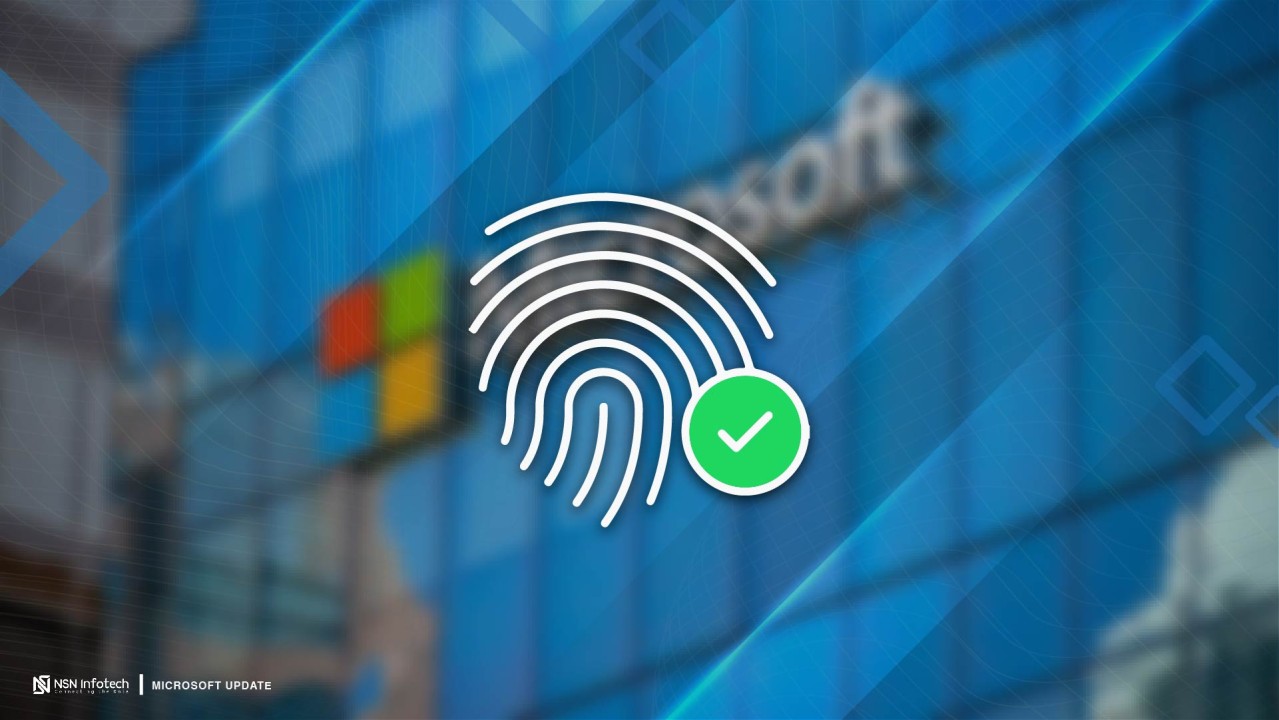Orchid Road, Lekki, Lagos.

A series of critical vulnerabilities have been discovered in GRUB2, the popular bootloader used by many Linux distributions. These flaws could allow attackers to bypass security measures, potentially compromising millions of systems globally. Daniel Kiper, a GRUB maintainer, recently published a report detailing the vulnerabilities, which range from heap overflows and out-of-bounds writes to use-after-free errors and integer overflows. These vulnerabilities exist in various parts of the GRUB2 code, including file system drivers, the network boot process, and the command line interface.
Exploitation of Vulnerabilities
Exploitation of these vulnerabilities could have severe consequences, including:
- CVE-2024-45774: A heap out-of-bounds write in GRUB’s JPEG reader that can be triggered by a malformed JPEG file.
- CVE-2024-45776 & CVE-2024-45777: Integer overflows in the GRUB gettext module that could allow attackers to manipulate translations and corrupt critical bootloader data.
- CVE-2024-45778 & CVE-2024-45779: Bugs in the BFS file system parser that could lead to stack overflows and heap memory corruption when handling crafted file systems.
- CVE-2024-45780 & CVE-2024-45781: Vulnerabilities in the TAR and UFS file systems that could cause heap-based out-of-bounds writes.
- CVE-2025-0622: A use-after-free flaw in GRUB’s GPG module due to improper cleanup of hooks, potentially allowing arbitrary code execution.
- CVE-2025-0624: A high-severity buffer overflow in GRUB’s network boot process that could enable remote code execution over the network.
- CVE-2025-0689: A heap-based buffer overflow in the UDF file system module that may result in arbitrary code execution and Secure Boot bypass.
Most of these vulnerabilities require high privileges, meaning an attacker would typically need administrative access to exploit them. However, in compromised environments or scenarios where GRUB is improperly configured, these flaws could be leveraged for privilege escalation or persistent malware deployment.
Mitigation Measures
To address these vulnerabilities, the following remediation measures have been proposed:
- Update GRUB2: Ensure that you are using the latest version of GRUB2, which includes patches for the identified vulnerabilities.
- Update Shim: Use the latest version of the shim bootloader with Secure Boot Advanced Targeting (SBAT) data to enforce component-level blacklisting.
- Update Boot Components: Update other boot components, such as the kernel and initramfs, to ensure compatibility with the latest GRUB2 and shim updates.
- Monitor Security Advisories: Stay informed about security advisories from your Linux distribution and apply updates promptly.
- Implement Secure Boot: Ensure that Secure Boot is properly configured and enabled to prevent unauthorized code execution during the boot process.
By following these remediation measures, you can help protect your systems from the potential risks posed by these GRUB2 vulnerabilities. System administrators are advised to update GRUB2, shims, and other boot components as soon as updates become available.
For more detailed information on the vulnerabilities and remediation measures, you can refer to the and the .







Leave A Comment